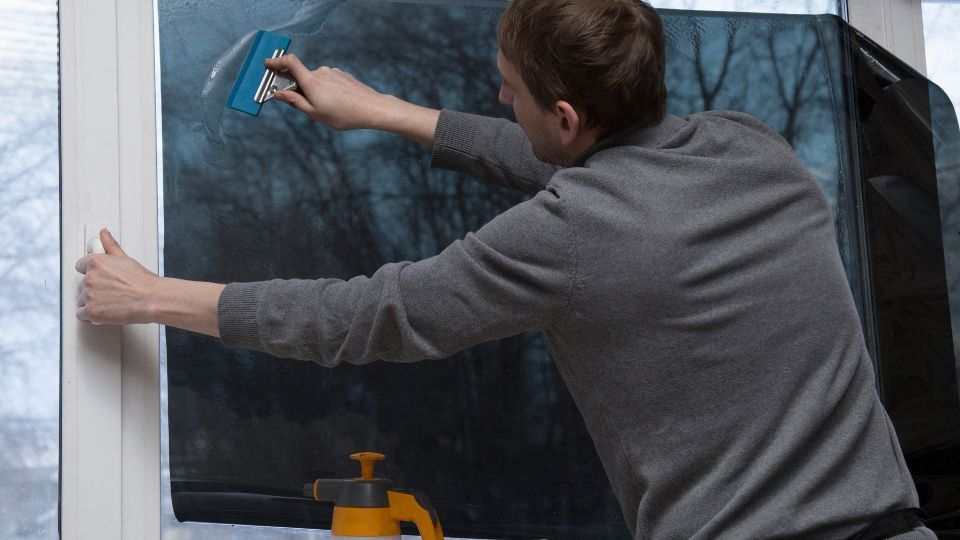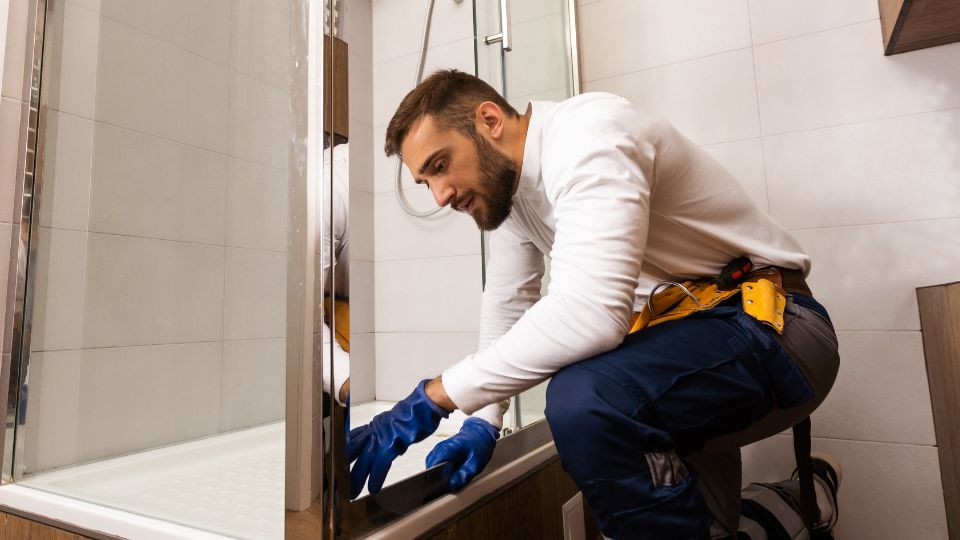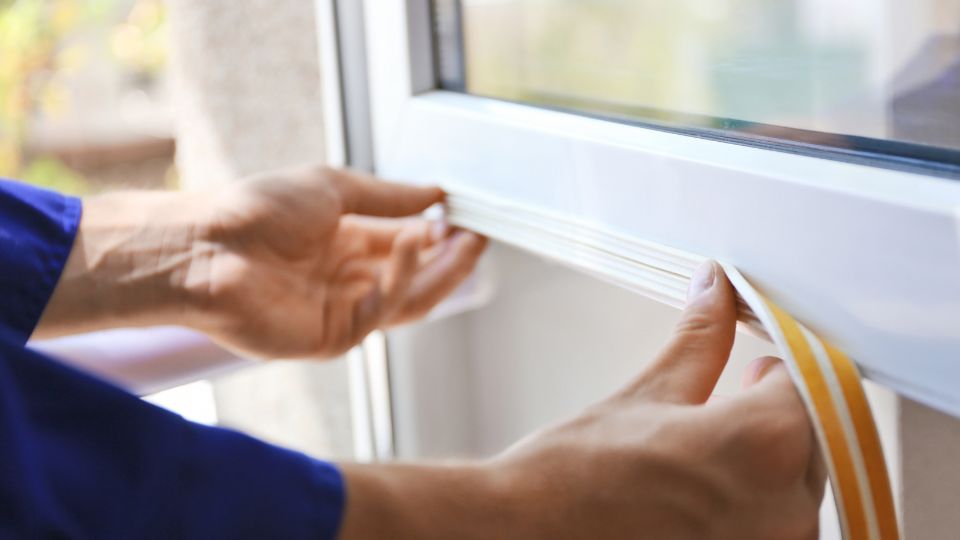When it comes to home maintenance, glass replacement might not be top of mind, but it’s an essential aspect that can significantly impact both the aesthetics and functionality of your space. Whether you’re dealing with a cracked window, a broken door panel, or need a complete overhaul, understanding your options and the replacement process can save you time and money. Here’s your comprehensive guide to navigating the world of glass replacement.
Identifying the Need for Replacement
Before diving into the replacement process, it’s crucial to assess whether you need a full replacement or a repair. Common signs that indicate a need for replacement include:
Cracks or Chips:
Small cracks can sometimes be repaired, but larger or multiple cracks often require full replacement. Cracks or chips in glass can compromise both safety and insulation. They might seem like minor issues, but they can lead to more significant problems if not addressed promptly. Addressing cracks or chips promptly can help avoid further damage and maintain the safety, efficiency, and aesthetic appeal of your glass surfaces.

Foggy Glass:
If your double-glazed windows are fogging up, it means the seal has failed, leading to condensation between the panes. Foggy glass occurs when the seal between the panes of a double or triple-glazed window fails. This seal is designed to keep the insulating gas between the panes, such as argon or krypton, intact. When the seal breaks, moisture enters the space between the panes, leading to condensation and a cloudy appearance.
Broken Glass:
Any shattered or completely broken glass should be replaced to ensure safety and energy efficiency. Broken glass can vary in severity, from small cracks and chips to large, shattered panes. The extent of the damage often depends on the cause—whether it’s a heavy impact, accidental damage, or wear and tear.
Types of Glass and Their Uses
Understanding the different types of glass available can help you make an informed decision:
Tempered Glass:
This safety glass is treated to withstand impacts and is commonly used in doors and windows. Tempered glass, also known as toughened glass, is designed to be stronger and more resistant to impact than standard glass. It is used in a variety of applications where safety and durability are paramount
Laminated Glass:
Composed of two or more layers, laminated glass offers enhanced security and noise reduction.
Laminated glass is a type of safety glass that is designed to provide enhanced security, sound insulation, and durability. It consists of multiple layers of glass with an interlayer of polyvinyl butyral (PVB) or another plastic material sandwiched between them. This unique construction offers a range of benefits and applications.
Insulated Glass:
Also known as double or triple glazing, this type helps with energy efficiency by providing better insulation. Insulated glass, often referred to as double or triple glazing, is designed to enhance energy efficiency and improve the comfort of indoor environments. It consists of two or more glass panes separated by an air or gas-filled space, which acts as an insulating barrier.
Choosing the Right Glass
When selecting glass for replacement, consider factors like:
Functionality: Think about whether you need extra insulation, soundproofing, or impact resistance.
Style: Match the glass with your home’s style. For instance, frosted glass might be ideal for privacy, while clear glass works well for maximizing natural light.
Energy Efficiency: Look for energy-efficient options that can help lower your utility bills.
Hiring a Professional vs. DIY
While DIY projects can be satisfying, glass replacement often requires specialized tools and expertise. Hiring a professional ensures that the job is done safely and correctly. Consider the following when choosing a contractor:

Experience: Look for a contractor with a proven track record in glass replacement.
Reviews and References: Check customer reviews and ask for references to gauge the quality of their work.
Warranty: Ensure the contractor offers a warranty for both the glass and the installation.
The Replacement Process
Here’s a quick overview of what to expect during the glass replacement process:
Assessment: A professional will first assess the damage and determine the best solution.
Removal: Old or damaged glass will be carefully removed.
Installation: New glass will be measured, cut to size, and installed with precision.
Final Touches: The installation will be inspected for quality, and any finishing touches will be applied.
Maintenance Tips
To prolong the life of your new glass, follow these maintenance tips:
Regular Cleaning: Clean glass surfaces with appropriate cleaners to avoid damage.
Check Seals: Regularly inspect seals around windows and doors to prevent leaks.
Address Issues Promptly: Address any small issues before they become major problems.
Cost Considerations
The cost of glass replacement can vary based on several factors, including:
Type of Glass: Different types of glass have different price points.
Size and Complexity: Larger or more complex installations will cost more.
Labor Costs: Professional installation may add to the overall expense.
Conclusion
Glass replacement is a vital aspect of home maintenance that can enhance both the functionality and appearance of your space. By understanding your options and working with a reputable professional, you can ensure a smooth and successful replacement process. Keep these tips in mind to make crystal-clear choices that will benefit your home for years to come. If you have any questions or need assistance with glass replacement, contact us today at Vista Glass of Catalina Foothills, located in Catalina Foothills. Your home deserves the best care!

